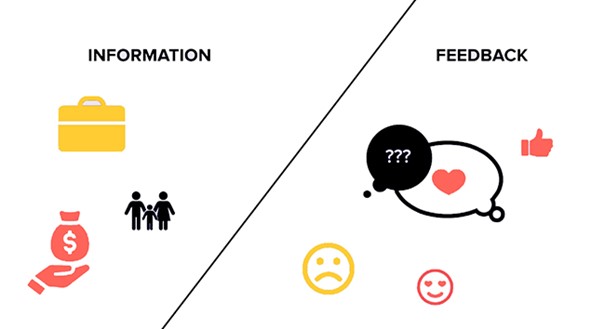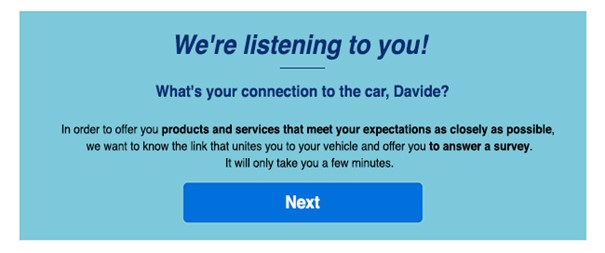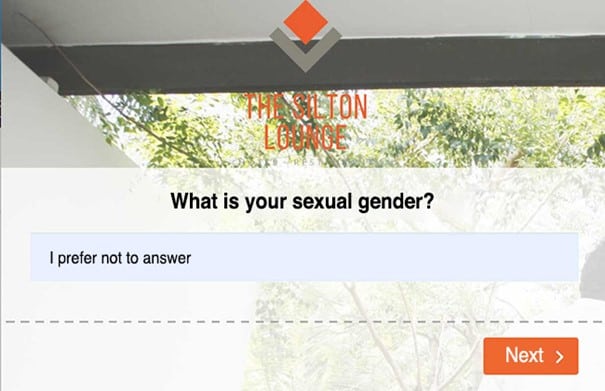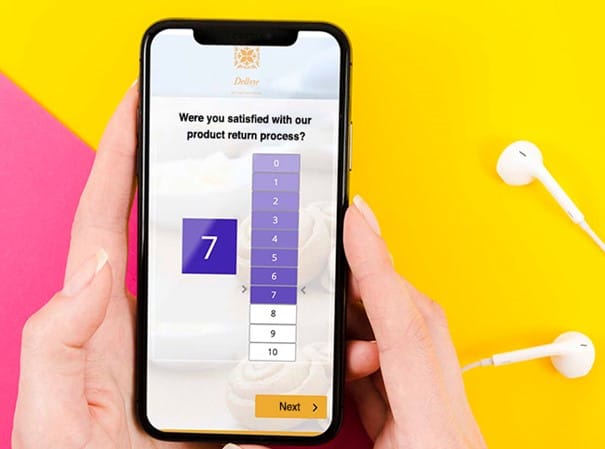Customer surveys are dialogue tools. They convey your values, your principles. Are inclusiveness, equality, diversity and respect values that you hold close to heart and that are part of your company DNA? Then, let’s take a look at how to incorporate these values into your surveys. Read on for all our tips and best practices...
Customer surveys are dialogue tools. They convey your values, your principles. Are inclusiveness, equality, diversity and respect values that you hold close to heart and that are part of your company DNA? Then, let’s take a look at how to incorporate these values into your surveys.
Read on for all our tips and best practices to improve your customer surveys by making them more inclusive.
Why Should you Make your Surveys More Inclusive?
A customer survey is a tool that enables companies to ask their customers questions. These questions allow to obtain:
- More information about customers – information that you can use to personalize your communications and better target your products or services.
- Feedback about your products, services or customer journeys that will help your identify areas for improvement in your customer experience.

The least you can do when contacting customers to get this information and feedback is to be respectful. Why should you make your surveys more inclusive? Out of respect for your customers. An inclusive survey is a survey made up of questions and answer choices that are respectful of all your customers and their uniqueness.
But there are two other benefits to making a survey more inclusive. It enables you to:
- Collect richer information that you can then use to better target your communications. Offering more answer choices allows you to create more precise segments.
- Make your customers feel valued by considering them as unique individuals. Adding inclusiveness to your surveys will help enrich your customer relationship.
Demographic Questions: Sex, Age, etc.
Let’s move onto the “how”. The first thing that comes to mind when thinking about surveys or forms and inclusiveness is demographic questions, and more particularly ones about “sex” or “gender”.
Demographic questions consist in asking the respondent for their age, gender, job title, etc. These questions aim to get a picture of the customer’s identity. The questions can sometimes be of a personal nature, such as the respondent’s sexual orientation.
In marketing, demographic criteria are the basic criteria used to segment a customer base, to define who your customers are; criteria are now evolving. Listed below are the criteria (and questions that go with them):
- Psycho-graphic criteria that reveal what your customers think, what they like, etc. Their interests, for example.
- Behavioural criteria that reveal what your customers do, how they behave on their buying journey, on your website, etc.
If you want to find out more, have a look at our complete guide on socio-demographic criteria and how it can be used in marketing.
Here are a few tips to make your demographic questions inclusive, particularly those relating to the respondent’s sex or gender.
1. To Make Your Surveys More Inclusive, be Clear About the Purpose of Demographic Questions
… and more generally, the purpose of your survey. You can’t just ask your customer what their sexual orientation is with no explanation. If you want to obtain this information, you need to explain why. Your participants are more likely to answer if they understand why you’re asking this question and what you will do with the information. One good practice is to state the purpose of your survey in a clear, concise and transparent way in the introduction or in your email invitation.

2. Only Ask for Information you Need to Make Your Surveys More Inclusive
Surveys aim to gather useful and actionable data: feedback that will help you improve your products, customer data that will help you better segment and target your customers, etc.
Don’t ask for information simply to enrich your database. This is a basic rule of data collection, clearly reaffirmed by the GDPR.
For example, do you really need to know your customers’ gender? Think about it. We’re so used to asking this question, that we’ve lost sight of its purpose. If you don’t need to know your customers’ gender or sex, don’t ask. It’s as simple as that.
3. If you Need to Know your Customers’ Gender
In this case, don’t limit the options to man/woman. This is the number 1 rule to making a survey inclusive.
Here are two tips:
- Offer your customers a third choice. This third option doesn’t have to be “other”, which isn’t particularly flattering… Nobody likes referring to themselves as “other”! We recommend an open-ended question: “What is your gender identity?”. Generally speaking, open questions are the most inclusive. The respondent doesn’t have to choose from a pre-determined set of answers. They can define themselves however they want and express themselves freely. The answers to open-ended questions may also help you optimise your future surveys.
- Give your customers the opportunity to not answer a question, by adding “I don’t want to answer” to your answer choices. No customer should feel embarrassed or forced to answer a question if they don’t want to.

Inclusive Writing in Customer Surveys
Inclusive writing allows to add the values of inclusiveness into the language itself. For example:
- Use gender neutral job titles. For example, “police officer” as opposed to “policeman”.
- Avoid using terms like “guys” and use gender neutral terms instead, such as “everyone”.
- Use the pronouns “they, them, theirs”, rather than “he, him, hers” or “she, her, hers”.

Should you use inclusive language in all your surveys? There is no clear-cut answer. A survey can be inclusive in spirit without using strict inclusive language.
Here are two more points to consider:
1. Always Think About your Customers First
Think about your customers, their singularities. Do your customers feel strongly about issues surrounding inclusiveness? And above all, are you addressing a target group that is likely to be receptive to inclusive language?
Generally speaking, younger generations are more receptive and open to this new form of language than older ones. Paradoxically, inclusive writing can make your survey more difficult to understand for some of your customers and therefore less accessible…
Which is why you should take your customers into account.
In fact, why not ask them what they think about inclusive language and explain that you will take their answers into account when communicating with them?
2. There are Several Levels to Inclusive Language
You could for example avoid gendered job titles but still use terms such as “guys”. It doesn’t have to be all or nothing.
Once again, your customers should guide you in these choices.
Inclusiveness is a vast topic and we’ve only just scratched the surface. But we hope to have given you some food for thought and that our tips will help enrich your future surveys.







